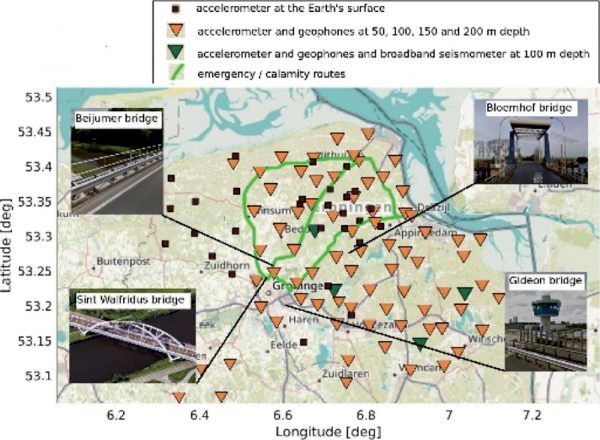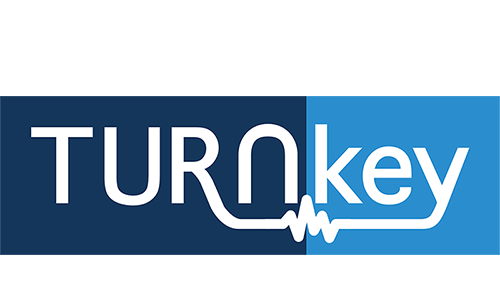
Testbed, Partners:
TB-6 – Groningen province, Netherlands – Deltares, KNMI (YET, GMP, EUC, NOR)
Area:
2,960 km2
Affected population:
500,000
General building stock inventory:
Available
Existing infrastructure:
Railways, pipelines, industrial facilities, levees.
Key stakeholders:
Veiligheidregio Groningen (Safety regions), Local Waterboard for Dikes, National Waterboard (Rijkswaterstaat), Local municipalities, NCG (National Coordinator Groningen), PRORail, GASUnie/GASTerra, GTS (pipelines).
Existing Sensor networks:
Surface and borehole seismic networks (KNMI), building sensor network (operated by TNO), deep borehole data (operated by industry NAM).
TB-setting and seismic hazard:
In the Province of Groningen in the Netherlands, seismicity induced by gas extraction has over the recent years become a serious risk for almost 100.000 buildings and critical infrastructures. At least every few days there is a detectable earthquake but due to the absence of natural seismicity, the critical infrastructure was not designed for earthquakes and is therefore vulnerable, and public agencies have little historical perspective. Groningen, however, has an extensive seismic network (boreholes and surface) managed by KNMI.
During TURNkey:
In TB-6 the existing sensor networks are augmented by 8 new TURNkey multisensor units (6 accelerometric and 2 GNSS), placing them at strategic locations to optimize the network for EEW and RRE, focusing on linear infrastructures such as roads and railways, in particular bridges on the main crisis routes coordinated by the Veiligheidsregio Groningen (Safety Region Groningen), and localized site conditions using borehole sensors.
Instrumentation

TB-6 – Groningen: existing stations (surface and subsurface) and infrastructures.
